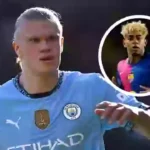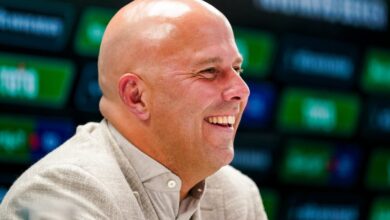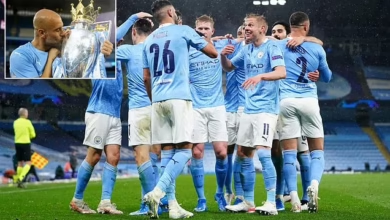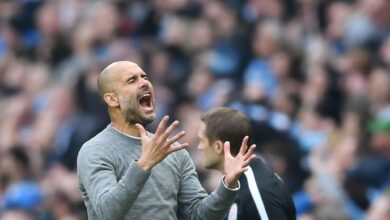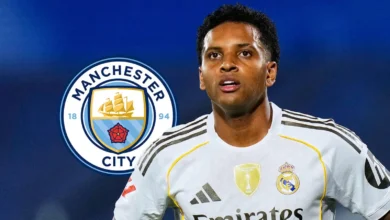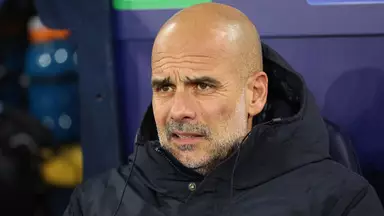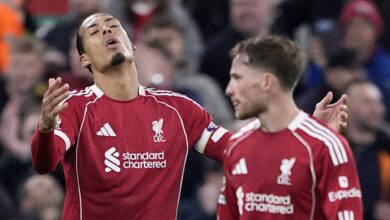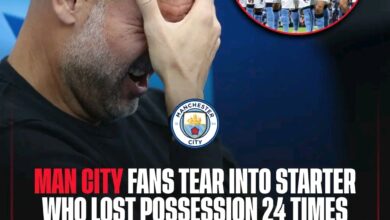Arsenal’s Rising Star: Max Dowman – The Next Lamine Yamal?
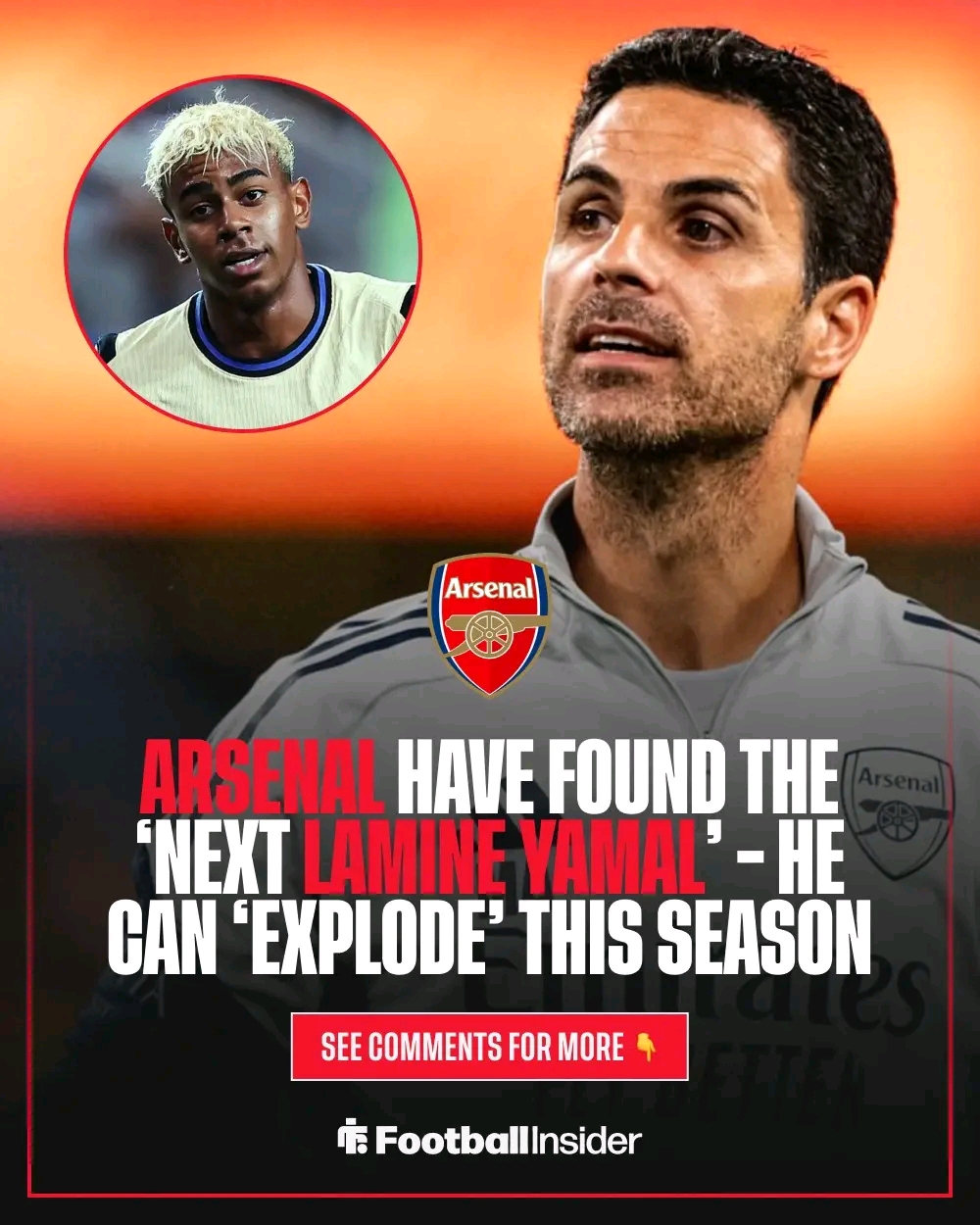
In the ever-evolving landscape of modern football, the discovery and nurturing of young talent has become the cornerstone of successful clubs. Arsenal Football Club, with their rich history of developing world-class players, appears to have unearthed another potential gem in their youth academy. At just 15 years of age, Max Dowman has captured the imagination of fans, pundits, and former football executives alike, with many drawing comparisons to Barcelona’s sensational young star, Lamine Yamal.
The North London club’s commitment to youth development has been a defining characteristic throughout their illustrious history. From the emergence of Tony Adams and David Rocastle in the 1980s to the more recent breakthroughs of Bukayo Saka and Emile Smith Rowe, Arsenal has consistently demonstrated their ability to identify, develop, and integrate young talent into their first team. Now, with Max Dowman showing exceptional promise in recent friendly matches, the club may have discovered their next generational talent
The 2025 summer transfer window has been nothing short of transformative for Arsenal under Mikel Arteta’s stewardship. The Spanish manager, determined to bridge the gap to title winners Liverpool, has orchestrated a series of high-profile acquisitions that signal the club’s serious intent to compete at the highest level. The headline signing of Viktor Gyokeres from Sporting CP represents a statement of ambition, bringing a proven goalscorer who has terrorized defenses across Europe.
Complementing Gyokeres’ arrival, Arsenal have also secured the services of Noni Madueke, adding pace and creativity to their attacking arsenal. The acquisition of Martin Zubimendi further strengthens their midfield options, providing the technical sophistication and tactical intelligence that Arteta demands from his players. These signings demonstrate Arsenal’s evolution from a club rebuilding to one genuinely challenging for major honors.
However, while the spotlight has understandably focused on these marquee acquisitions, it is the emergence of a 15-year-old academy graduate that has perhaps generated the most excitement among those who understand the long-term implications of nurturing exceptional young talent. Max Dowman’s performances in recent friendly matches have not only impressed observers but have also prompted comparisons to one of football’s most exciting young prospects.
To understand the significance of the comparisons being drawn with Max Dowman, one must first appreciate the remarkable impact that Lamine Yamal has made at Barcelona. The Spanish teenager’s rapid ascension from La Masia academy graduate to first-team regular has been nothing short of extraordinary. His technical ability, tactical awareness, and composure under pressure have defied his tender years, establishing him as one of the most promising talents in world football.
Yamal’s breakthrough at Barcelona has redefined expectations for young players in elite football. His ability to perform consistently at the highest level, contributing meaningfully to Barcelona’s attacking play while maintaining the fearlessness and creativity that defines exceptional young talent, has set a new benchmark for teenage footballers. The comparisons with Dowman, therefore, represent not just optimism but a recognition of genuine potential.
The parallels between the two players extend beyond mere age and position. Both demonstrate exceptional technical skills, an advanced understanding of the game, and the mental fortitude required to compete against senior professionals. Most importantly, both possess that indefinable quality that separates good young players from future superstars – the ability to influence matches through moments of individual brilliance while contributing to the collective success of their teams.
The endorsement of Max Dowman’s potential by Keith Wyness carries significant weight within football circles. Wyness, who served as CEO at Everton between 2004 and 2009 and now operates a football consultancy advising elite clubs, brings a wealth of experience in identifying and developing young talent. His perspective on Dowman’s potential is informed not only by his extensive background in football administration but also by his firsthand experience with one of the Premier League’s most famous teenage sensations.
During his tenure at Everton, Wyness was intimately involved in Wayne Rooney’s development and eventual transfer to Manchester United. This experience provides him with unique insights into the challenges and opportunities that face exceptionally talented young players. His observations about Dowman reflect both optimism about the player’s potential and awareness of the careful management required to ensure that potential is fully realized.
Wyness’s comparison of Dowman to the current generation of breakthrough stars like Lamine Yamal is particularly significant because it comes from someone who has witnessed the evolution of youth development in elite football. His understanding of the physical, mental, and tactical demands placed on young players in the modern game provides credibility to his assessment of Dowman’s prospects
The reference to Wayne Rooney’s development at Manchester United provides a fascinating framework for understanding how exceptional young talent can be successfully integrated into elite football. Rooney’s transformation from a promising Everton teenager to one of England’s greatest ever players under Sir Alex Ferguson’s guidance demonstrates the importance of proper management in maximizing young talent.
Wyness’s recollection of the concerns surrounding Rooney’s physical development highlights one of the key challenges facing young players. The transition from youth to senior football involves not just tactical and mental adaptation but also significant physical changes that can impact performance. Ferguson’s management of Rooney’s fitness regime and overall development created the foundation for a legendary career, providing a template that Arsenal must consider in their handling of Dowman.
The comparison also emphasizes the importance of creating the right environment for young players to flourish. Rooney’s success at Manchester United was not merely the result of his natural talent but also the product of a supportive infrastructure that prioritized his long-term development over short-term gains. This approach enabled him to maintain his explosive pace and physical presence throughout his career, contradicting early predictions about his longevity.
For Arsenal and Max Dowman, the Rooney precedent offers both inspiration and instruction. It demonstrates that with proper management, exceptional young talent can be successfully integrated into elite football while maintaining the qualities that make them special. However, it also underscores the responsibility that clubs bear in ensuring that promising young players receive the support they need to reach their full potential.
Max Dowman’s versatility as a player adds another dimension to his appeal as a prospect. His ability to operate effectively in midfield or on the right wing demonstrates the tactical intelligence and technical adaptability that characterize modern elite footballers. This positional flexibility is particularly valuable in Mikel Arteta’s tactical system, which demands players capable of fulfilling multiple roles within the team structure.
In midfield, Dowman displays the vision and passing ability to dictate the tempo of matches, while his movement and positioning suggest an advanced understanding of space and timing. His performances for England at both under-16 and under-17 levels have showcased his ability to compete against international-level opposition, providing evidence of his potential to succeed at the highest levels of the game.
When deployed on the right wing, Dowman’s pace and dribbling ability create problems for opposing defenses, while his crossing and final ball demonstrate the end product that separates good wide players from great ones. His comfort in both positions suggests not just tactical awareness but also the technical foundation required to excel in either role.
Recent friendly matches have provided glimpses of Dowman’s potential, with his performances against Newcastle particularly catching the attention of observers. His ability to create and exploit space, combined with his composure in possession, has impressed those who have watched him closely. These displays have not only validated the optimism surrounding his development but have also provided concrete evidence of his readiness to compete at increasingly higher levels.
The emergence of Max Dowman occurs within a transformed landscape of youth development in elite football. Modern sports science, nutrition, and training methodologies provide unprecedented opportunities for young players to optimize their physical and technical development. These advances address many of the concerns that previously limited the integration of teenage players into senior football.
Arsenal’s investment in their academy infrastructure and support systems positions them ideally to maximize Dowman’s potential. The club’s commitment to holistic player development, encompassing not just technical and tactical training but also education, psychology, and lifestyle management, creates an environment conducive to nurturing exceptional young talent.
The success of players like Bukayo Saka and Emile Smith Rowe in recent years demonstrates Arsenal’s capacity to successfully integrate academy graduates into their first team. This track record provides both confidence in their ability to manage Dowman’s development and evidence of their commitment to youth progression.
Furthermore, the current tactical trends in elite football favor players with Dowman’s profile. The emphasis on technical ability, tactical intelligence, and positional flexibility aligns perfectly with his demonstrated strengths, suggesting that his style of play will remain relevant and valuable as he continues to develop.
While the optimism surrounding Max Dowman’s potential is justified, the challenges facing any 15-year-old prospect in elite football cannot be understated. The physical demands of senior football represent a significant step up from youth levels, requiring not just technical ability but also the strength, pace, and endurance to compete against fully developed professional athletes.
Wyness’s emphasis on the importance of managing Dowman’s physical development reflects the reality that teenage players undergo significant changes that can impact their footballing ability. The challenge for Arsenal’s coaching and medical staff lies in supporting these natural developments while ensuring that Dowman’s technical and tactical abilities continue to progress.
The mental aspects of development are equally crucial. The transition from youth football to senior levels involves not just physical adaptation but also psychological adjustment to increased pressure, media attention, and performance expectations. The ability to maintain focus, handle setbacks, and continue developing despite increased scrutiny often determines whether promising young players fulfill their potential.
Arsenal’s experience with previous academy graduates provides valuable insights into managing these challenges. The successful development of players like Saka demonstrates the importance of gradual integration, appropriate support systems, and patience in allowing young players to adapt to senior football at their own pace.
Max Dowman’s selection for England youth teams at both under-16 and under-17 levels provides external validation of his exceptional potential. International recognition at such a young age indicates not just current ability but also the projection of future development that England’s youth coaches see in his game.
Competing at international youth levels exposes Dowman to different playing styles, tactical approaches, and competitive environments, accelerating his development and providing valuable experience that will benefit his club career. The opportunity to test himself against the best young players from other nations helps calibrate his progress and identify areas for continued improvement.
The pathway from England youth teams to senior international recognition is well established, with many current England internationals having progressed through the age-group system. For Dowman, early international recognition provides both motivation and a clear developmental pathway that could ultimately lead to senior international honors. Mikel Arteta’s reputation as a coach extends beyond his tactical acumen to encompass his ability to develop young pl
